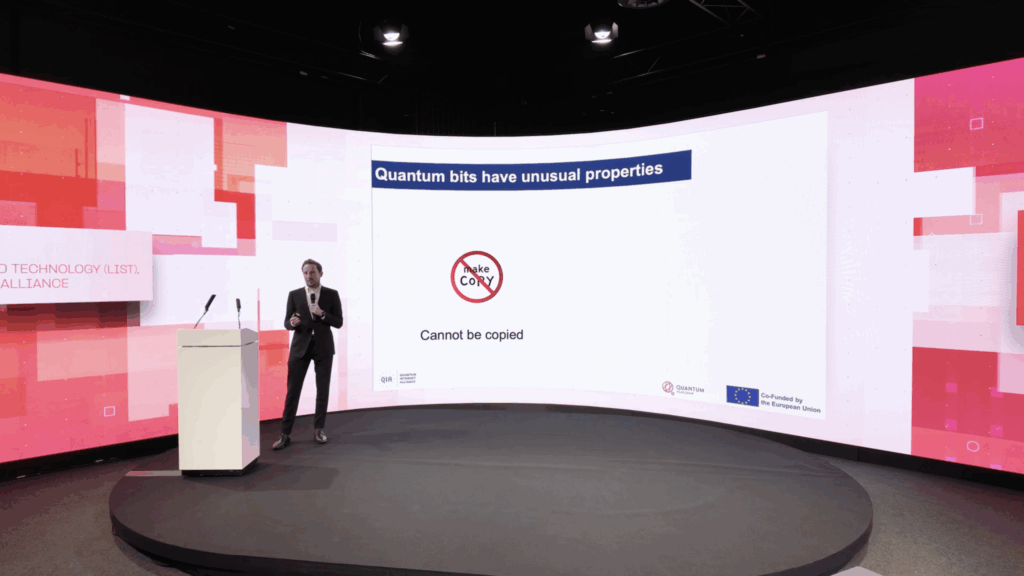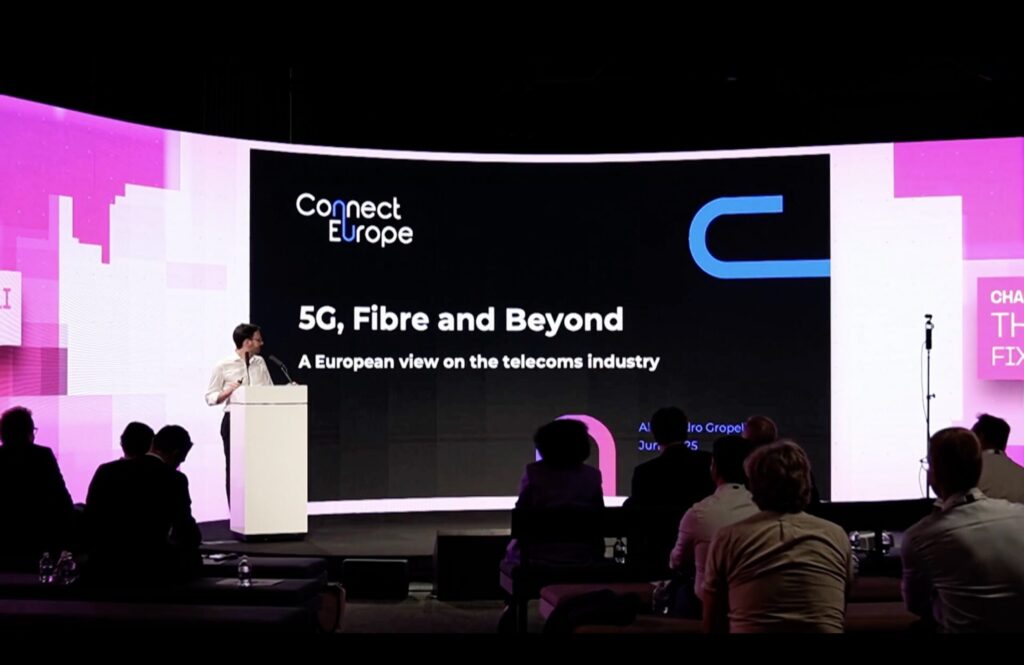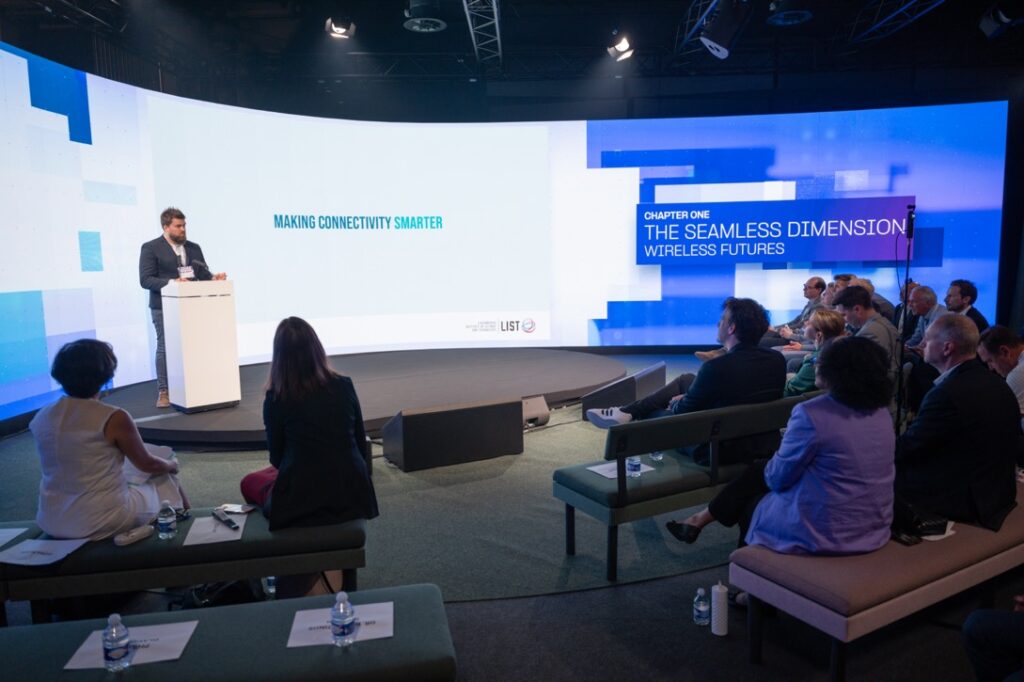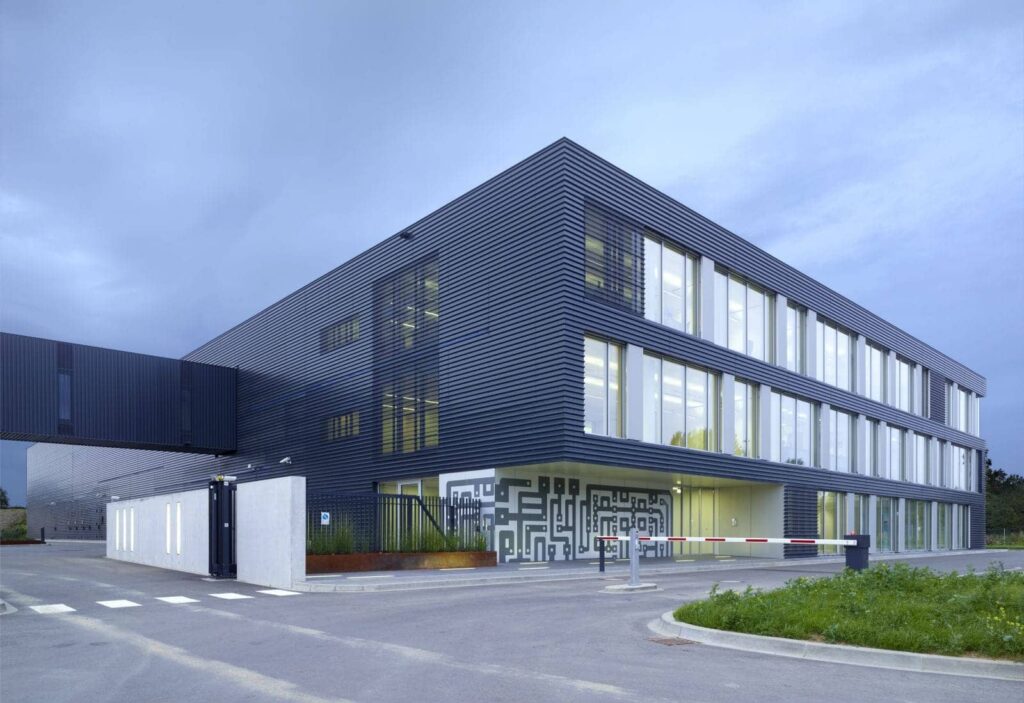
Summer series: The six dimensions of connectivity (Part three)
Scroll
Connectivity is a topic that could have us talking for an entire afternoon – and provides plenty of food for thought for an exciting summer split into in several chapters. At this year’s Nexus 2050 in June, MyConnectivity hosted the (afternoon) side event ‘Connecting Tomorrow’. Sixteen experts spoke for four hours on the six dimensions of connectivity. This provided some enlightening insights, which we would like to summarise per dimension over the coming summer weeks. This week: Possibility.
Scroll
Part Three: The possibility dimension
The question of how quantum technologies can redefine connectivity was at the heart of the possibility dimension. The Connecting Tomorrow event provided insight into Luxembourg’s strategy and also looked across the border to Germany and at the pan-European approach.
The Luxembourg Way: LuxQCIA
Rudy Stranen (Ministry of State) presented Luxembourg’s Quantum Communication Infrastructure, LuxQCIA. EU funded and led by the University of Luxembourg, LUQCIA enhances Luxembourg’s quantum-secure networks with QKD (Quantum Key Distribution), ensuring ultra-secure encryption for critical infrastructures and cross-border communication. The underlying national strategy, Accelerating Digital Sovereignty 2030, aims to make Luxembourg quantum ready so as to harness the full potential of quantum technologies for scientific, technological, and economic progress. Through the development of a national quantum communication infrastructure and the promotion of an innovation-driven national ecosystem, Luxembourg aims to position itself as an EU centre of excellence in quantum communication. To achieve these ambitious goals, Luxembourg is working hand in hand with companies and research organisations across Europe.
The German approach: QuNET
One of the leading German research organisations in the field of quantum technology is the Fraunhofer Society, for which Torsten Siebert provided a European perspective on quantum secure communication. A focus was on QuNET, a joint initiative launched by the Fraunhofer Society with the German Ministry of Research, the German Aerospace Centre, the Max Planck Society and the University of Erlangen. The endeavour has so far resulted in a multi-access metropolitan backbone in Berlin as well as air-to-ground long-range links in Erlangen. Multi-domain model network architecture is to be implemented by 2026, stretching from Berlin to Oberpfaffenhofen in Bavaria. In addition, work is underway on several test infrastructures within Germany and – with partners in the respective countries – on a European quantum infrastructure.
The European dimension: Quantum Internet Alliance
The importance of quantum internet in Europe was highlighted in the presentation by Florian Kaiser from LIST. As one of more than 40 members of the Quantum Internet Alliance, LIST actively contributes to the mission of the organisation, which is to build the world’s first global quantum internet, made in Europe, and to mobilise the industry to create an ecosystem ready for quantum internet development. Set-up in 2017, the make-up of the Quantum Internet Alliance is also an example of how connectivity innovation made in Europe is emerging: universities and research centres are working together with established companies and start-ups. In this way, the potential of quantum technology is being harnessed for the long-term benefit of citizens and businesses, with results including increased security and privacy in the cloud, more powerful networks, better scalability and new features such as quantum money.


